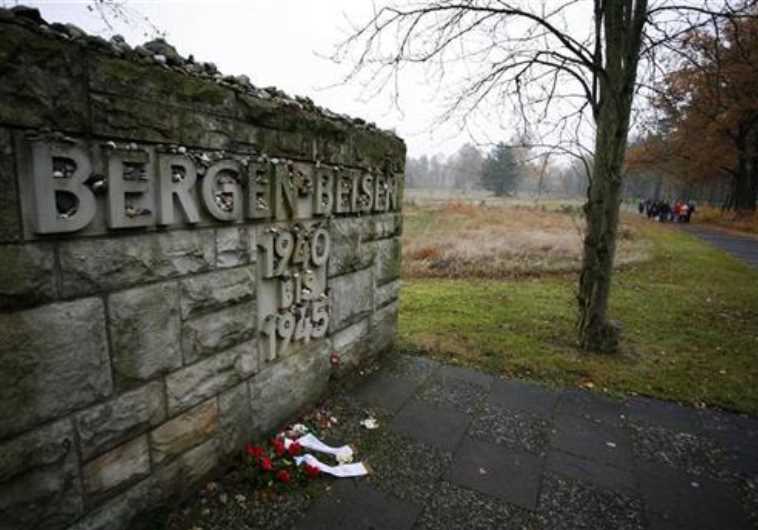The Holocaust did not end at liberation
This article was adapted from remarks at the commemoration of the 70th anniversary of the liberation of the Nazi concentration camp of Bergen-Belsen.
 A memorial stone is pictured at the former Bergen-Belsen Nazi death camp
A memorial stone is pictured at the former Bergen-Belsen Nazi death camp